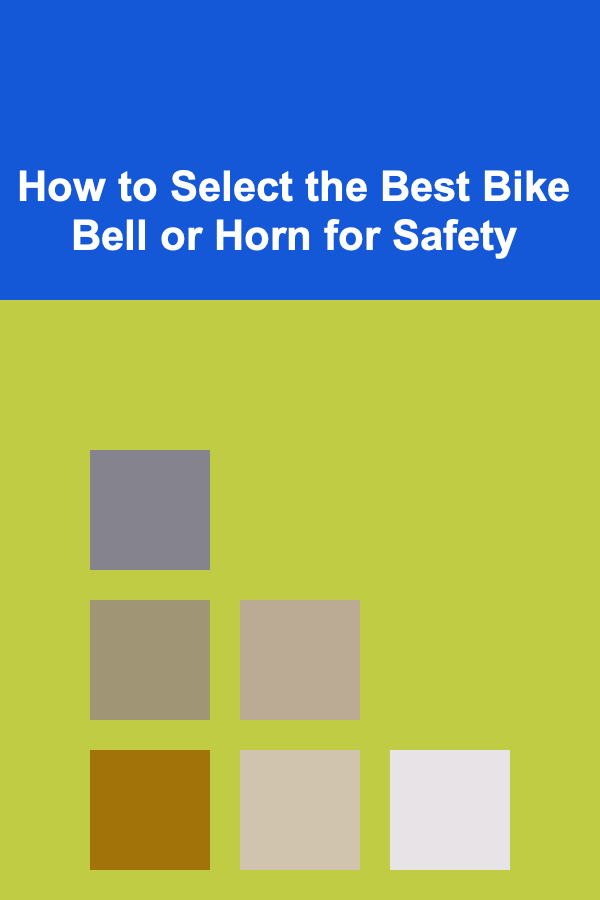
How to Create Engaging Website Content: A Checklist for Compelling Copywriting
ebook include PDF & Audio bundle (Micro Guide)
$12.99$7.99
Limited Time Offer! Order within the next:

Creating engaging website content is an essential skill for businesses, bloggers, and anyone who wants to make an impact on the web. The digital world is flooded with information, and standing out amidst the noise requires creating content that is not only informative but also engaging, easy to understand, and able to hold the reader's attention. Whether you're writing a blog post, product description, or landing page, compelling copywriting plays a significant role in how users interact with your website.
In this actionable guide, we'll go through a detailed checklist to help you craft content that resonates with your audience and drives engagement. Let's dive into the process step by step.
1. Know Your Audience
Before you start writing, it's crucial to understand who you're writing for. The success of your content depends largely on how well it speaks to the people you want to reach.
- Identify the Demographics: Know their age, location, gender, education level, job role, interests, and challenges. This helps tailor the tone, style, and subject matter of your writing.
- Understand Their Pain Points: What problems do they need solving? What are their frustrations or desires? Your content should address these issues directly.
- Create Buyer Personas: If you're working for a brand, create detailed buyer personas. These are semi-fictional representations of your ideal customers, based on market research and real data.
2. Craft a Captivating Headline
The first thing your audience sees when they land on your page is the headline. This single line can make or break the engagement with your content. Here's how to make it irresistible:
- Keep It Concise and Specific: A headline should be clear, concise, and communicate exactly what the reader will gain from the content. Avoid vague headlines like "Amazing Tips" or "Learn More".
- Include a Benefit: Make sure your headline offers a promise or a benefit. For example, "Boost Your Website Traffic with These Simple SEO Tips" is much more compelling than "SEO Tips for Beginners".
- Use Power Words: Words like "ultimate," "easy," "free," and "proven" can capture attention and add urgency or curiosity to your headline.
3. Write for Scannability
The way people read on the internet is different from reading books. Studies show that users typically scan content rather than reading every word. This means your content needs to be easy to skim.
- Use Subheadings: Break your content into sections with clear, descriptive subheadings. This makes it easier for readers to find what they're looking for.
- Short Paragraphs: Avoid long, dense blocks of text. Keep paragraphs to 3--4 sentences, or even fewer, for maximum readability.
- Bullet Points and Lists: Whenever possible, use bullet points or numbered lists. These formats are easy to scan and help convey information quickly.
- Highlight Key Information: Use bold or italics to highlight important points. However, don't overdo it---use sparingly to emphasize crucial parts of your content.
4. Focus on the Introduction
Your introduction is the first impression readers have of your content, so it should immediately capture their attention and set the tone for the rest of the piece.
- Hook the Reader: Start with something attention-grabbing, such as a provocative question, a surprising fact, or a compelling statement that makes the reader want to continue.
- Set Expectations: Let the reader know what they will get from the content. A good introduction should establish a clear benefit to reading further.
- Be Brief and to the Point: Avoid overly long introductions. You want to draw people in, but not overwhelm them with too much information up front.
5. Make It Conversational
Web content should feel approachable and engaging. A conversational tone can create a connection with your audience, making them feel as though you're speaking directly to them.
- Use Simple Language: Avoid jargon or overly complex sentences. The goal is to communicate clearly and make your content accessible to a wide audience.
- Write as You Speak: Think of your content like a conversation with a friend. Use contractions ("you're" instead of "you are") and active voice to keep it informal and engaging.
- Ask Questions: Encourage reader interaction by asking questions. This not only makes your content feel more like a conversation but also prompts readers to reflect on their thoughts.
6. Use Storytelling Techniques
People remember stories much better than raw data or facts. By weaving stories into your content, you can make it more engaging, relatable, and memorable.
- Introduce a Problem and Solution: One effective storytelling method is to introduce a problem (something the reader can relate to) and then offer a solution (which is the focus of your content).
- Use Real-Life Examples: Whenever possible, include examples that are relevant to your audience. This can make your content feel more authentic and grounded.
- Create Emotional Appeal: Stories that invoke emotions---whether happiness, curiosity, or even frustration---are more likely to resonate with readers.
7. Create Compelling Calls to Action (CTAs)
Your content should encourage readers to take action. Whether it's signing up for a newsletter, purchasing a product, or contacting you for more information, a strong call to action is a crucial element of engaging content.
- Be Clear and Direct: Use action-oriented language like "Download the free guide," "Start your free trial today," or "Get in touch with us."
- Place CTAs Strategically: Your CTAs should be placed where readers are most likely to take action---usually at the end of the page, within the body (especially after compelling points), or in the sidebar.
- Offer Value: Make sure your CTA offers something valuable in return, whether it's a resource, a discount, or a consultation.
8. Use Persuasive Techniques
To convince your readers to take the desired action (whether it's making a purchase, subscribing to a newsletter, or clicking a link), it's important to use persuasive writing techniques.
- Scarcity and Urgency: Phrases like "Limited Time Offer" or "Only a few spots left" can prompt readers to act quickly.
- Social Proof: Include testimonials, user reviews, or case studies to show that others have benefited from your product or service. This builds trust and credibility.
- Reciprocity: Give your audience something valuable first. This could be a free ebook, a discount, or a helpful blog post. By offering something for free, you increase the likelihood of them returning the favor, such as by making a purchase.
9. Optimize for SEO
While your content should be written for humans first and foremost, you can't ignore the importance of search engines. Optimizing your content for SEO ensures that your website can be discovered by your target audience.
- Use Relevant Keywords: Research keywords related to your topic, and incorporate them naturally into your content. Don't overstuff---aim for a natural flow.
- Write Meta Descriptions: A compelling meta description can improve click-through rates from search engines. It should be a concise summary of your page and include the primary keyword.
- Include Internal and External Links: Linking to relevant pages on your website (internal links) and to authoritative external sources can improve your SEO ranking and provide more value to your readers.
10. Edit and Proofread
The importance of editing and proofreading cannot be overstated. Even the most engaging content can lose its impact if it contains spelling mistakes, grammatical errors, or awkward phrasing.
- Read Aloud: Reading your content aloud can help you catch errors and awkward phrasing that you might miss while reading silently.
- Check for Clarity: Make sure your content is clear and concise. Remove any unnecessary words or sentences.
- Use Editing Tools: Tools like Grammarly or Hemingway Editor can help identify grammar issues, readability problems, and overuse of complex sentences.
Conclusion
Creating engaging website content is a continuous process that involves understanding your audience, using effective writing techniques, and ensuring your content is optimized for both readability and search engines. By following this actionable checklist, you'll be able to write compelling copy that not only attracts visitors but also keeps them coming back for more. Whether you're a beginner or an experienced copywriter, these steps will guide you toward producing content that drives meaningful engagement with your audience.

How to Clean Your Kitchen Appliances for Long-Term Use
Read More
How to Design a Stakeholder Management Checklist for Software Implementation
Read More
Why Organizing Your Outdoor Space Can Enhance Entertaining
Read More
Mastering the Candy Thermometer: Your Guide to Perfect Confections
Read More
How to Select the Best Bike Bell or Horn for Safety
Read More
How to Discover Lesser-Known Masterpieces
Read MoreOther Products

How to Clean Your Kitchen Appliances for Long-Term Use
Read More
How to Design a Stakeholder Management Checklist for Software Implementation
Read More
Why Organizing Your Outdoor Space Can Enhance Entertaining
Read More
Mastering the Candy Thermometer: Your Guide to Perfect Confections
Read More
How to Select the Best Bike Bell or Horn for Safety
Read More